I have a complete example of code and all the important classes/methods to do this. I know the answer is very late, but this may help someone in the future:
- (void)shareTab
{
PFGeoPoint *geoPoint = self.vidgeoObject[kParseLocation];
NSString *coordinates = [NSString stringWithFormat:@"http://maps.apple.com/maps?q=%f,%f", geoPoint.latitude, geoPoint.longitude];
CLLocation *userLocation = [[CLLocation alloc] initWithLatitude:geoPoint.latitude longitude:geoPoint.longitude];
CLGeocoder *geocoder;
geocoder = [[CLGeocoder alloc]init];
[geocoder reverseGeocodeLocation:userLocation completionHandler:^(NSArray *placemarks, NSError *error)
{
CLPlacemark *rootPlacemark = placemarks[0];
MKPlacemark *evolvedPlacemark = [[MKPlacemark alloc]initWithPlacemark:rootPlacemark];
ABRecordRef persona = ABPersonCreate();
ABRecordSetValue(persona, kABPersonFirstNameProperty, (__bridge CFTypeRef)(evolvedPlacemark.name), nil);
ABMutableMultiValueRef multiHome = ABMultiValueCreateMutable(kABMultiDictionaryPropertyType);
bool didAddHome = ABMultiValueAddValueAndLabel(multiHome, (__bridge CFTypeRef)(evolvedPlacemark.addressDictionary), kABHomeLabel, NULL);
if(didAddHome)
{
ABRecordSetValue(persona, kABPersonAddressProperty, multiHome, NULL);
NSLog(@"Address saved.");
}
NSArray *individual = [[NSArray alloc]initWithObjects:(__bridge id)(persona), nil];
CFArrayRef arrayRef = (__bridge CFArrayRef)individual;
NSData *vcards = (__bridge NSData *)ABPersonCreateVCardRepresentationWithPeople(arrayRef);
NSString* vcardString;
vcardString = [[NSString alloc] initWithData:vcards encoding:NSASCIIStringEncoding];
NSLog(@"%@",vcardString);
NSArray *paths = NSSearchPathForDirectoriesInDomains(NSDocumentDirectory, NSUserDomainMask, YES);
NSString *documentsDirectory = [paths objectAtIndex:0]; // Get documents directory
NSString *filePath = [documentsDirectory stringByAppendingPathComponent:@"pin.loc.vcf"];
[vcardString writeToFile:filePath
atomically:YES encoding:NSUTF8StringEncoding error:&error];
NSURL *url = [NSURL fileURLWithPath:filePath];
NSLog(@"url> %@ ", [url absoluteString]);
// Share Code //
NSArray *itemsToShare = [[NSArray alloc] initWithObjects: url, nil] ;
UIActivityViewController *activityVC = [[UIActivityViewController alloc] initWithActivityItems:itemsToShare applicationActivities:nil];
activityVC.excludedActivityTypes = @[UIActivityTypePrint,
UIActivityTypeCopyToPasteboard,
UIActivityTypeAssignToContact,
UIActivityTypeSaveToCameraRoll,
UIActivityTypePostToWeibo];
if (UI_USER_INTERFACE_IDIOM()==UIUserInterfaceIdiomPhone)
{
[self presentViewController:activityVC animated:YES completion:nil];
} else
{
popControl = [[UIPopoverController alloc] initWithContentViewController:activityVC];
}
}];
}
